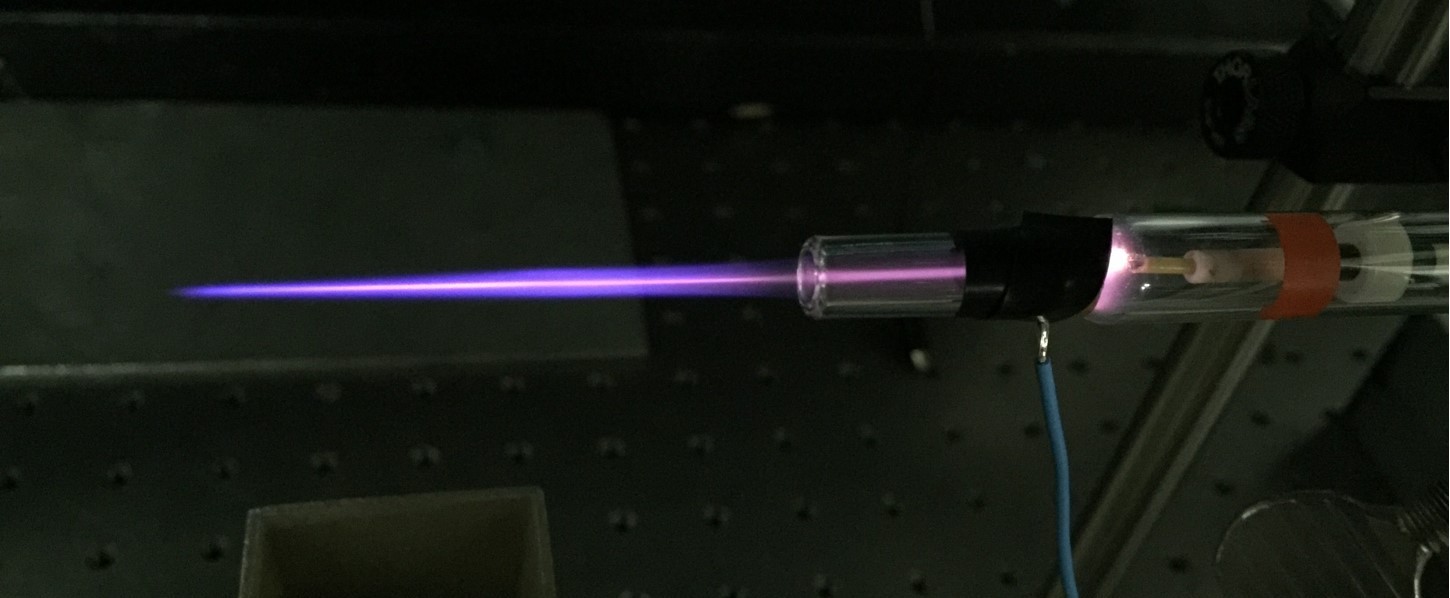
Michael Keidar
Principal Investigator
Dr. Michael Keidar is A. James Clark Professor of Engineering. His research concerns advanced spacecraft propulsion, plasma-based nanotechnology, and plasma medicine. He has authored over 240 journal articles and author of textbook “Plasma Engineering: from Aerospace and Nano and Bio technology” (Elsevier, March 2013). He received 2017 Davidson award in plasma physics. In 2016 he was elected AIAA National Capital Section Engineer of the Year and in 2017 he received AIAA Engineer of the Year award for his work on micropropulsion resulted in successful launch of nanosatellite with thrusters developed by his laboratory. Many of his papers have been featured on the cover of high impact journals and his research has been covered by various media outlets. Prof. Keidar serves as an AIP Advances academic editor, Associate Editor of IEEE Transactions in Radiation and Plasma Medical Sciences and member of editorial board of half dozen of journals. He is Fellow of APS and Associate Fellow of AIAA.
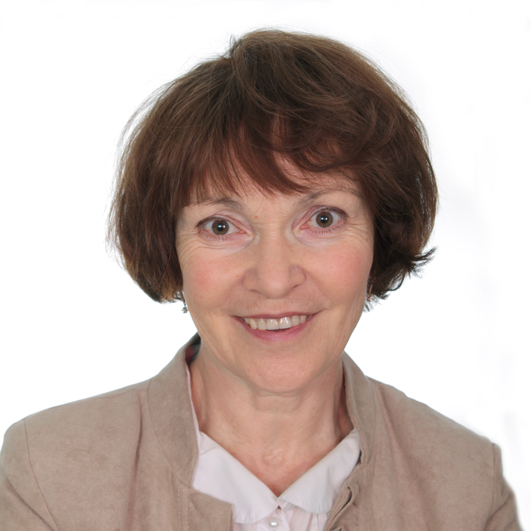
Irina Schweigert
Research Scientist
Irina Schweigert is a research scientist at MpNL and the Institute of Theoretical and Applied Mechanics SB RAS in Novosibirsk, Russia. She received her B.S. and M.S. degrees in physics from the Novosibirsk State University in 1981. She also received a Ph.D. in physics and mathematics in 1990. She has authored more than 90 scientific papers in major peer-reviewed journals, with over 70 first authorship in these publications. Her current research activity includes multidimensional simulations of all types of discharge plasmas in magnetic fields with kinetic effects. She is the creator and principal developer of 2D3V Particle-in-cell Monte Carlo algorithm code and 1D and 2D combined fluid codes (PIC+fluid) for discharge plasma simulations.
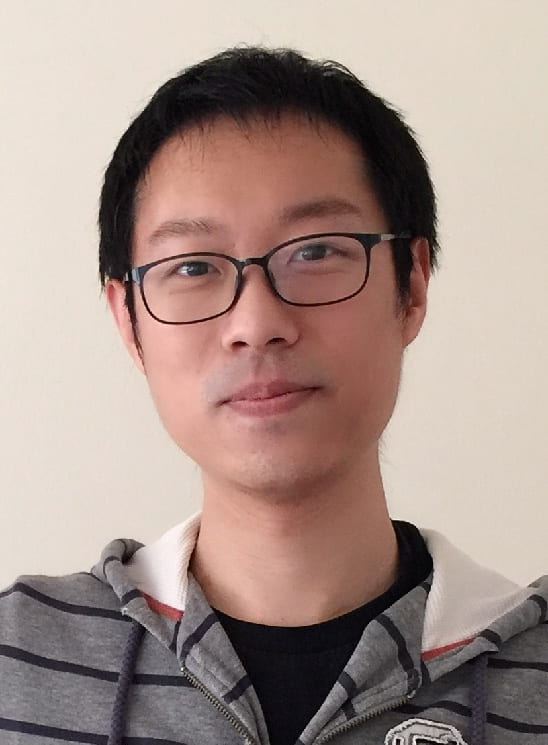
Li Lin
Research Scientist

Vikas Soni
Post-Doc
Dr. Vikas Soni is a Post-Doctoral Scientist in the Micropropulsion & Nanotechnology Laboratory, where he pioneers adaptive cold-plasma therapies for cancer, viral diseases, and antibiotic-resistant infections both in vitro and in vivo. He earned his Ph.D. (2024) in Plasma Medicine/Cancer Medicine from The George Washington University after completing an award-winning M.S. in Biochemistry, Cellular & Molecular Biology at Georgetown University Medical Center.
Vikas has authored high-impact studies on plasma-based cytotoxicity in glioblastoma, melanoma, and breast cancer models, and he collaborates with BIOQUAL, the FDA, and NIH on plasma interventions against pathogens such as SARS-CoV-2 and MRSA. As Founder & Chief Scientist of JivaJet, he is translating cold-plasma technology to veterinary medicine to combat drug-resistant infections in companion animals.
His earlier research at the National Cancer Institute elucidated endocrine-disrupting mechanisms of BPA. He is a Senior Member of IEEE, an honorary member of the National Academy of Inventors, and the 2025 GW New Venture Competition 1st-place winner. Across his career he has received multiple excellence-in-science, best poster, and gold-medal awards for research and innovation.
Driven by a passion for translational plasma medicine, Vikas combines structural biology, molecular oncology, and engineering to develop precision plasma devices and protocols poised to redefine oncologic and antimicrobial care.
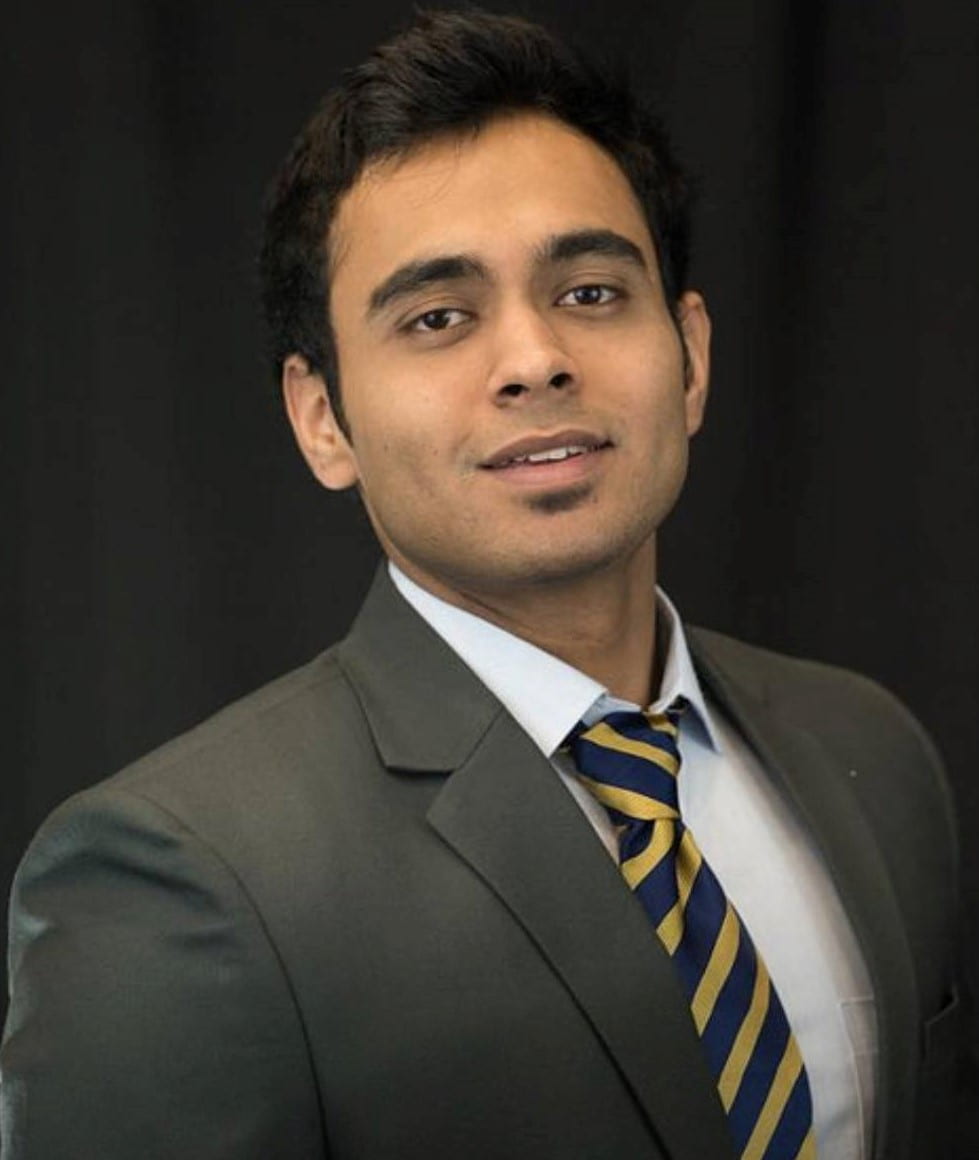
Anmol Taploo
Post-Doc
Dr. Anmol Taploo is a Post-Doctoral Associate in the Micropropulsion & Nanotechnology Laboratory, where he leads development of next-generation self-neutralizing, air-breathing plasma thrusters for very-low-Earth-orbit (VLEO) spacecraft. He earned his Ph.D. in Aerospace Engineering (2024) and earlier M.S. in Mechanical & Aerospace Engineering (2019) from The George Washington University, building on a B.Tech. in Aerospace Engineering from SRM University, India (2016).
Anmol’s doctoral work produced the first metallic-arc electron source for in-situ air ionization and a multi-stage Hall-accelerated thruster, attracting $1 M DARPA and $200 k Lockheed Martin support and two provisional patents. His diagnostics portfolio spans OES, Langmuir/Faraday probes, Rayleigh microwave scattering, E×B analyzers, and time-of-flight thrust metrology, complemented by plasma-chemistry modeling in COMSOL and ANSYS. Results appear in Journal of Electric Propulsion and AIAA forums, and earned back-to-back Technology Maturation Awards (2023–24) and an NSF National I-Corps grant.
Beyond space propulsion, Anmol is Co-Founder & CTO of JivaJet, translating cold-plasma technology to veterinary medicine for drug-resistant infections. He is an honorary member of the National Academy of Inventors (2024) and serves as a GTA for GWU’s Propulsion curriculum, fostering the next wave of aerospace innovators.
A skilled experimentalist and communicator, Dr. Taploo merges fluid/thermal sciences, plasma physics, and advanced manufacturing to push the boundaries of sustainable propulsion and plasma-based healthcare solutions.

William Murphy
PhD Candidate
William Murphy is a Ph.D. researcher (2023 – present) in the Micropropulsion & Nanotechnology Laboratory, leveraging a background in biomedical engineering and translational oncology to create next-generation cold-atmospheric-plasma (CAP) medical devices. His work integrates plasma physics, control systems, and machine learning to advance precision oncology for both adult and pediatric patients.
William designs and biologically characterizes plasma sources (including adaptive plasma devices that sense tissue response in real time) that modulate reactive-species composition, and maximizes immunogenic effects while sparing healthy tissue. He couples in situ optical diagnostics with robotic vision and deep-learning algorithms to steer plasma therapies over complex tumor geometries and to quantify treatment dose dynamically. Current projects span:
- Novel development of plasma discharge tube helmet
- Machine learning and robotic vision for adaptive plasma control
- Application of plasma devices to pediatric solid tumors
- Immunomodulatory properties of cold plasma devices
- Bench-to-bedside translation of CAP devices through ISO 13485 design controls
Before joining GWU, William led R&D for live-tumor processing instruments at BioMarker Strategies, developed multiplex IHC diagnostics for STCube, and consulted on medical-device commercialization at Potomac Science. His publications in Journal of Physics D introduced computational models of plasma-induced apoptosis and nanoparticle-enhanced CAP therapy. He has received travel awards from AACR and the Young Professionals Workshop on Plasma Medicine for his contributions to physical-science oncology.

Yuxiong Lin
PhD Student
Yuxiong Lin is a Ph.D. student in the Micropropulsion & Nanotechnology Laboratory developing the lab’s Intelligent Plasma platform—an AI-driven cold-plasma system. With an M.S. in Mechanical Engineering from The George Washington University (2024) and a B.S. from National Formosa University, he blends mechanical design, embedded electronics, and multi-physics simulation to create smart, adaptive plasma devices.
Yuxiong leads the mechanical and control-systems design of a helmet-style CAP applicator that conforms to brain tumors. He uses SOLIDWORKS and high-resolution 3-D printing to fabricate modular arrays, and programs Arduino/STM32 microcontrollers. This closed-loop framework continuously adjusts voltage, gas flow, and duty cycle to maintain optimal reactive-species composition across complex surfaces.
On the computational side, he builds COMSOL and ANSYS Fluent simulations to model electromagnetic fields, species transport, and tissue heat loads inside pediatric cranial geometries.
Yuxiong’s expertise in microcontrollers, additive manufacturing, and multi-physics modeling makes him a key architect of the lab’s vision for truly adaptive, AI-controlled plasma oncology devices.
```
Guru Sankar Duppada
PhD Candidate
Guru Sankar Duppada is a Ph.D. student in the Micropropulsion & Nanotechnology Laboratory investigating long-life micro-cathode arc thrusters (μCATs) and other vacuum-arc plasma devices for precision attitude and orbit control of CubeSats and VLEO spacecraft. He earned his M.S. in Mechanical & Aerospace Engineering from The George Washington University (2024, GPA 3.6) and a B.Tech. in Aeronautical Engineering from Bharath University (India, 2021).
Guru’s research centers on extending thruster lifetime by optimizing cathode geometry, magnetic-field topology, and propellant feed automation. He combines ANSYS plasma/fluid simulations with in-vacuum testing—Hall probes, time-of-flight thrust stands, and high-speed imaging—to correlate erosion dynamics with impulse-bit performance. His poster on μCAT lifetime enhancement earned the MAE Merit Award from SSPI Mid-Atlantic and a showcase spot at GWU’s R&D Day.
Beyond propulsion research, Guru mentors undergraduate design teams, leads outreach for the lab’s STEM initiative, and applies CATIA, SOLIDWORKS, and Fusion 360 to rapid-prototype custom diagnostics and low-mass thruster components. His earlier projects include a three-component internal strain-gauge balance and NACA airfoil optimization, underscoring a commitment to data-driven aerospace design.
Driven by a vision of affordable access to space, Guru advances micro-plasma thrusters that promise higher efficiency, lower cost, and greater mission agility for the next generation of small-satellite platforms.

Naga SaiKiranmai Aduri
MS Student
Naga SaiKiranmai Aduri is an M.S. thesis student in the Micropropulsion & Nanotechnology Laboratory, where she investigates plasma-assisted flow-control for hypersonic air-breathing propulsion. Her research couples high-fidelity CFD (ANSYS Fluent, SU2) with multi-physics plasma actuator models to improve shock-wave mitigation, fuel mixing, and combustion stability in scramjet engines operating at > Mach 5 and altitudes above 30 km.
Before joining MpNL, SaiKiranmai managed a 13-member team in NASA’s L’SPACE Mission Concept Academy, led supersonic turbofan design studies for Fly-Concorde, and served as a satellite-systems engineer on a femto-satellite program. These projects honed her systems-engineering acumen—from requirements and risk management to Siemens NX CAD, Cameo SysML, and mission-life-cycle reviews—while deepening her passion for sustainable, high-speed flight and small-satellite innovation.
A recipient of the SSPI Mid-Atlantic MAE Merit Award, she combines propulsion insight with leadership and outreach, mentoring STEM teams and exploring AI/robotics applications to aerospace design. Her long-term goal is to bridge plasma science, hypersonic propulsion, and satellite platforms to enable safer, cleaner, and faster access to space and global travel.

Adam Karp
MS Student
Adam Karp is an M.S. candidate in Electrical Engineering (Electronics, Photonics & MEMS) who bridges plasma physics and high‐performance computation to advance air-breathing electric propulsion for Very-Low Earth Orbit (VLEO) and deep-space missions. As a Research Assistant in the Micropropulsion & Nanotechnology Laboratory since 2023, he designs, fabricates, and tests plasma thrusters while building magnetohydrodynamic (MHD) and Python-based models that predict device performance under extreme drag and rarefied-air conditions.
Adam’s hardware portfolio spans high-voltage power modules, custom plasma diagnostics, and vacuum-chamber integration. During a 2024 internship at Princeton Plasma Physics Laboratory he upgraded the Hall Thruster Experiment thrust stand—calibrating sensors, redesigning control electronics in LabVIEW, and adapting the apparatus to the lab’s first air-breathing thruster prototype. At GWU he teaches Engineering Computations and Methods of Experimentation, reinforcing his commitment to data-driven design and rigorous analysis.
Combining hands-on experimentation with advanced simulation, Adam aims to deliver sustainable propulsion technologies that extend satellite lifetime in VLEO and reduce propellant mass for interplanetary travel.
```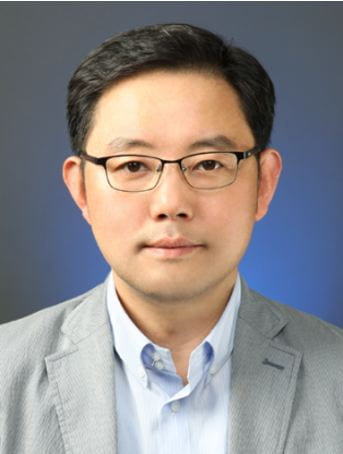
Ho-Suk Choi
Professor (visiting)
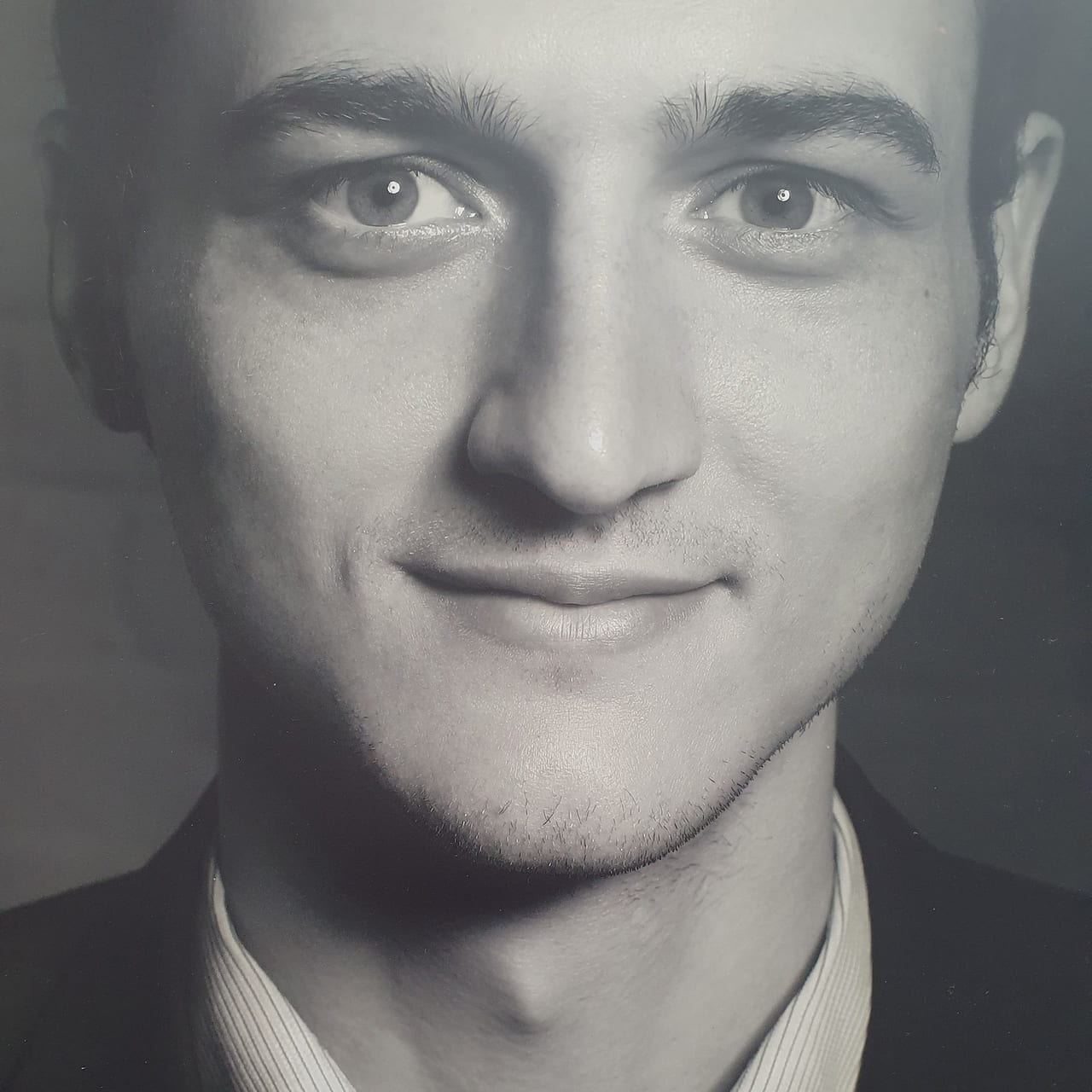
Denis B. Zolotukhin
Visiting Scientist
Dr. Denis B. Zolotukhin is a Postdoctoral Researcher in the Department of Mechanical and Aerospace Engineering at The George Washington University, and Senior Researcher and Associate Professor in the Department of Physics at Tomsk State University of Control Systems and Radioelectronics in Russia. In 2016, he received his PhD under the supervision of Professor Efim M. Oks at the Institute of High Current Electronics in the Siberian Branch of the Russian Academy of Sciences. His research interests include plasma-cathode electron and ion sources, particle beam- and plasma-surface interactions, plasma diagnostics, plasma chemistry, deposition of coatings, and plasma propulsion. Denis is a co-author of more than 75 articles in international peer-reviewed journals, including 32 articles in which he has first authorship (as of September 2021). He is a recipient of several prestigious scholarships of President of Russian Federation. in 2019, he became a Laureate of Award of the Russian Government in science and technology for young scientists.
Therese Suaris (Ph.D, 2011), “Dynamic mission modeling and simulations: application of micro-vacuum arc thrusters and frozen orbits”, now at NASA Goddard Space Center
Jarrod Fenstermacher (Ph.D, 2011), “Cryo-focusing Pyrolysis Gas Chemistry and the Influence of the Plasma Environment”, now at Applied Physics Laboratory
Madhusudham Kundrapu (Ph.D, 2011), “Modeling and Simulation of Ablation-Controlled Plasmas”, now at TechX Corporation
Lubos Brieda (Ph.D, 2012), “Multi-scale simulation of Hall thrusters”, now at NASA Goddard Space Center and PIC-C LLC
Olga Volotskova (Ph.D, 2012), “Biomedical application of cold atmospheric plasmas: cell response”, now at New York University
Jian Li (Ph.D, 2012), “Synthesis, diagnostics and application of carbon nanostructures in arc discharge”, now at Globalfoundries Inc.
Taisen Zhuang (Ph.D, 2012), “Micro-cathode thrustrer for Cube satellite propulsion”, now at US Medical Innovations LLC
Tabitha Smith (Ph.D, 2014), “Ablation Study of Tungsten-Based Nuclear Thermal Rocket Fuel”, now at Wright Patterson AFB
David Scott (Ph. D, 2014), “Microwave diagnostics of atmospheric plasmas”, now at Westwood College, Lecturer
Joseph Lukas (Ph. D, 2015), “Enhancing Micro-Cathode Arc Thruster (mCAT) Plasma Generation to Analyze Magnetic Field Angle Effects on Sheath Formation in Hall Thrusters”, now at Institute for Defense Analysis
Joel Slotten (Ph. D, 2015), “Investigation of Orbital Debris: Mitigation, Removal, and Modeling the Debris Population”, Space Systems Engineer at SAIC
Dayun Yan (Ph.D, 2016), “The Application of Cold Plasma-Stimulated Medium in Cancer Treatment”, now post-doc at the George Washington University
Xiaoqian Cheng (Ph.D, 2016), “Enhancing Cold Atmospheric Plasma Treatment Efficiency for Cancer Therapy”, now at USMI LLC
George Teel (Ph.D, 2017), “uCat Thruster Characterization”
Xiuqi Fang (Ph.D, 2017), “Synthesis and Diagnostic of Single and Multi-dimensional Nanomaterial in Arc Discharge Plasma”
Zhitong Chen (Ph.D, 2017), “Development of new cold atmospheric plasma devices and approaches”
Samantha Hurley (Ph.D, 2018), “Advancements to the Micro-Cathode Arc Thruster: Linear Actuator, Ablative Anode, and Modular Designs”
Eda Gjika (Ph.D, 2019), “Thermal and non-thermal atmospheric plasmas in cancer treatment”, now scientist at FDA
Li Lin (Ph.D, 2019), “Towards optimization and adaptive control of the cold atmospheric plasma jet”, now post-doc at George Washington University
Jonathan Kolbeck (Ph.D, 2020), “Understanding plasma-initiated secondary discharge”, now research scientist at Applied Materials
Luis Martinez (Ph.D, 2020), "Modeling of interactions between low- and high-pressure plasmas with materials", now research scientist at Northrop Grumman Corporation
Zachary Switzer (M.S, 2021), "Development and Characterization of the Capacitive Power Processing Unit (CPPU) for the Micro-Cathode Arc Thruster", now at Magma Space
Xiaoliang Yao (Ph. D 2022), The Application of the Plasma Discharge Tube and Cold Plasma in Cancer Treatment, now research scientist at ThermoFisher.
Keir Daniels (Ph.D, 2023), Lifetime Investigations of Micro-Cathode and Matrix Arc Thrusters.
Siva Ram Prasad Bandaru (Ph.D, 2023), Multi-stage vacuum arc thruster, Senior Engineer at Eaton Corporation.
Dr. Alex Shashurin (post-doc, 2007-2011, research scientist, 2011-2015)
Jinyue Geng (Ph.D student, China, November 2012-October 2013)
Kirk Woellert (research associate, 2011-2013)
Christian Karer (B.S. student, Germany, November 2012-February 2013)
Nina Racek (Ph.D student, Slovenia, September 2013-March 2014)
Dr. Ed Ratovitsky (September 2013-2015)
Fumihiro Inoue (Ph.D student, Japan, September 2014-January 2015)
Long Yu (Beihang University, October 2015-Oct 2016)
Simon Delaire (Research Scientist, France, September 2015-February 2016)
Shiqiang Zhang (Visiting Scientist, Eindhoven University of Technology, May-September 2016)
Yuerou Zhang (Visiting Researcher, China, Summer 2016)
Kosuke Enomoto (Visiting Researcher, Osaka Institute of Technology, 2017)
Wenjun Xu (visiting researcher, Xi’an Jiaotong University in China, 2018)
Yuanwei Lyu (visiting researcher, China Scholarship Council, 2018)
Andrea Klein (MD candidate, 2018-2019)
Fan Lei (PhD student, China, 2019-2020)
Dr. Manish Adhikari (post-doc, 2019-2020)
Yi Liu (PhD student, Nanjing University of Science and Technology, 2019-2021)
Dr. Sabine Portal (post-doc, 2019-2020, research assistant, 2022)
Dr. Carles Corbella (post-doc, 2018-2021)
Dr. Dayun Yan (post-doc, 2017-2022)
